Technical Sharing About Laser Wire Filling Welding
Release time:
2025-04-23 17:15
Source:
Technical Sharing About Laser Wire Filling Welding
Laser Wire Filling Welding
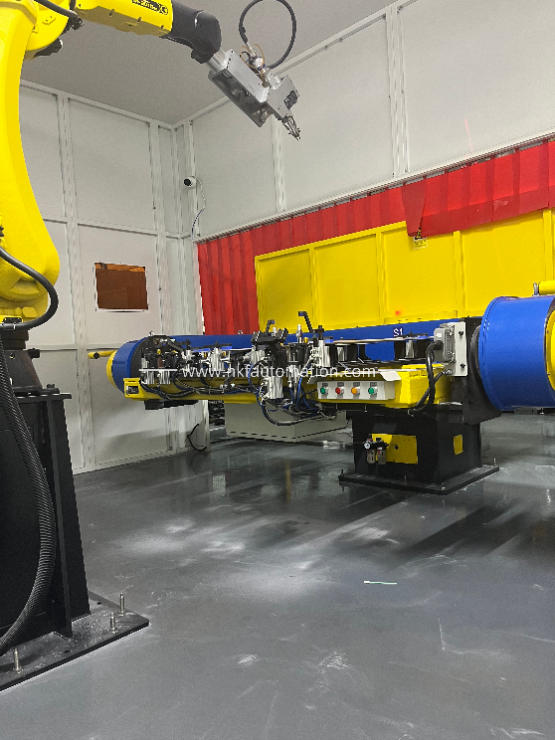
Compared with traditional welding methods, laser welding has significant advantages - low heat input, fast welding speed, small heat affected zone, small thermal deformation, etc., laser welding has been widely used in recent years, and is more and more widely used in high-tech industries such as automobile industry, shipbuilding industry, nuclear power industry, aerospace industry, etc., and with the reduction of the cost of complete sets of equipment, the application of daily hardware supplies and other life-related fields has begun to grow rapidly.
In order to meet the needs of the development of various industries, the methods of laser welding have also been improved. Due to its characteristics of concentrated welding energy and small deformation, laser wire filling welding can reduce the gap margin and welding defects during butt welding, and has become an effective alternative to traditional arc welding in rail transit and automotive industries.
Today, I will take you to know the magic of laser wire filling welding.
Laser wire filler welding wire
High-power fiber lasers are generally used for lasers
The laser not only needs the welding wire, but also needs to melt the base metal and form the unique small hole effect of laser deep penetration welding on the base metal to form a deep molten pool, and the welding wire composition and the metal composition of the base metal are fully mixed to form a new mixed molten pool, and the element composition and its proportion and quality of the mixed molten pool are quite different from the welding wire and the base metal, so the appropriate welding wire can be added to the welding process according to the performance defects of the base metal itself, so as to resist cracking, fatigue and corrosion resistance of the weld at the microscopic level. Purposeful improvements are made in terms of wear resistance.
In addition, laser wire filling welding can be multi-stacked welding, because it can achieve deep penetration welding with small hole effect, and can achieve full fusion of the upper and lower layers of weld beads, avoiding serious defects of non-fusion, so that it has the ability to weld large-thickness joints.
With the development of laser wire filling welding technology and the increase of the upper limit of laser power, the application range of laser wire filling welding is becoming more and more extensive:
Application areas of laser wire filler welding
1. Laser filament filling welding aluminum alloy
2. Laser filament filler welding of dissimilar metals
3. Improved weld formation
4. Narrow gap wire filler welding
Among them, for the two applications of improving weld forming and narrow gap wire filler welding, we use practical application cases to see the effect of laser wire filler welding.
Improved weld formation
Requirements: 1mm and 3mm stainless steel tailored welding, the weld is required to have no porosity and good forming.
Equipment: China Raycus 4000W CW fiber laser (fiber core diameter 200μm), wire feeder, welding head.
Process parameters: as shown in the following table.

Result: The forming was good, the weld was free of porosity, and the weld forming and cross-sectional morphology as shown in the figure below were obtained.
a. 1mm+1mm
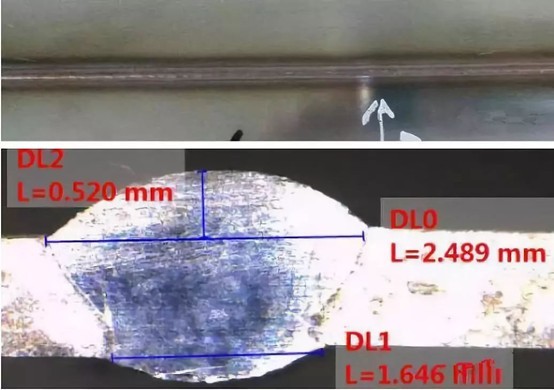
b. 1mm+3mm
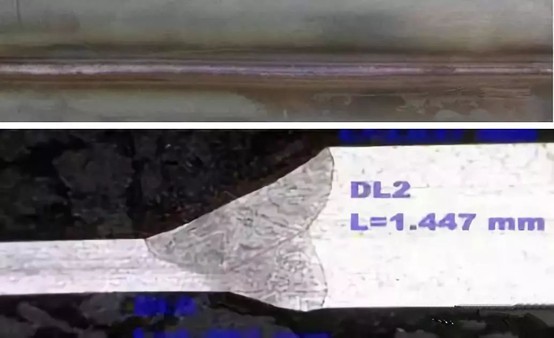
c. 3mm+3mm

Narrow gap laser filament filling multi-pass welding
Requirements: 18mm thick Q345 marine steel plate tailored welding, the weld is required to have less porosity, no unfused, the tensile strength of the joint is higher than that of the base metal, and the weld is well formed.
Equipment: Raycus 6000W CW fiber laser (fiber core diameter 400μm), wire feeder, welding head.
Process parameters: The weld bead must be beveled, and the size of the groove is shown in the figure below.
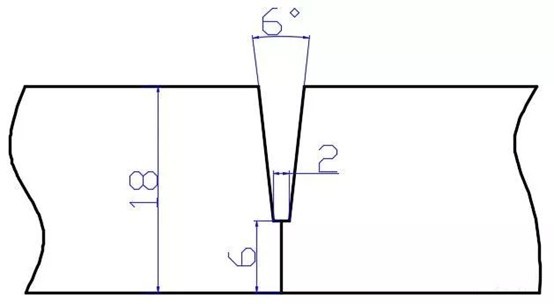
Other welding process parameters are shown in the table below:
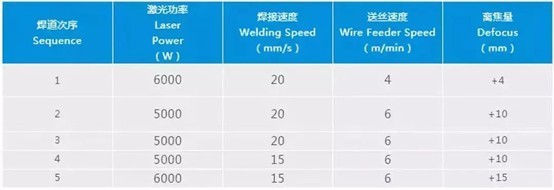
Results: The molding was good, there was no non-fusion, and the weld was basically porosity, as shown in the figure below, and the tensile test proved that the weld fracture was in the base metal, indicating that the tensile strength of the joint was higher than that of the base metal.
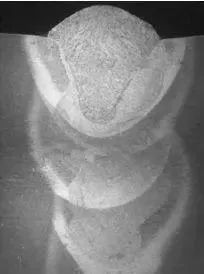
Metallographic diagram of weld cross-section
In order to improve the welding seam forming, it is generally recommended that the laser and fiber core diameter and welding head configuration should ensure that the focused spot diameter is between 0.4mm~0.6mm, and the welding wire should be selected with an appropriate grade.
———————— END ————————
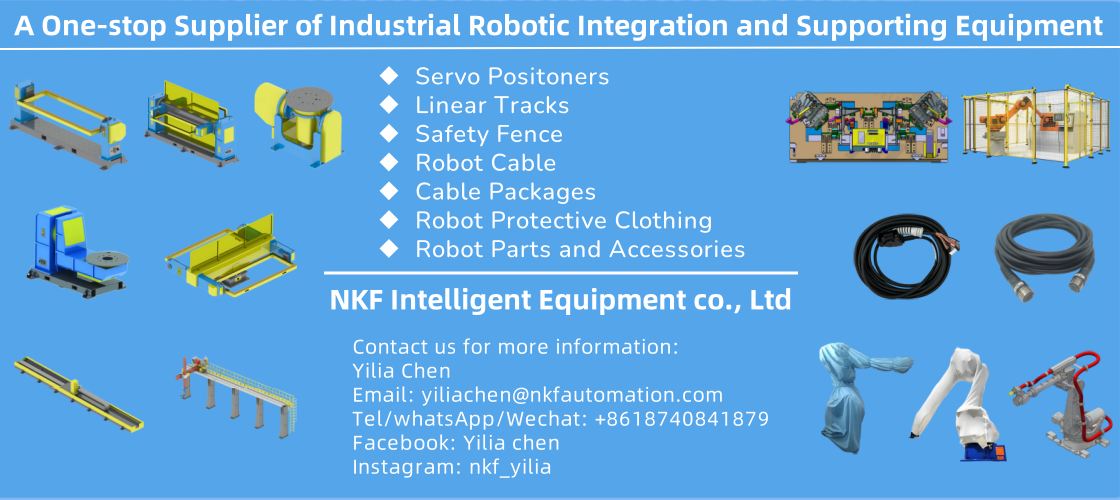
News






